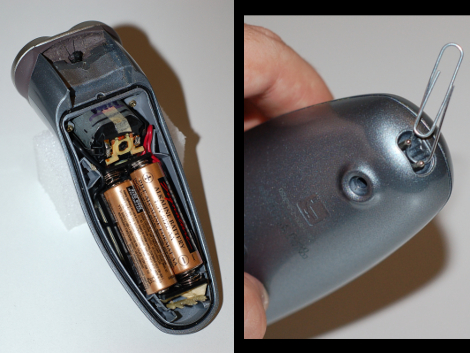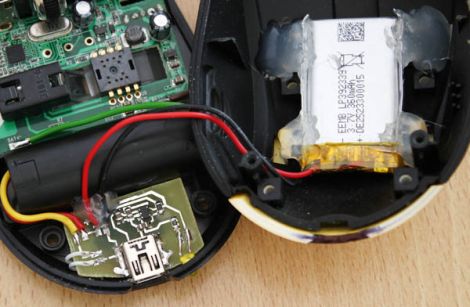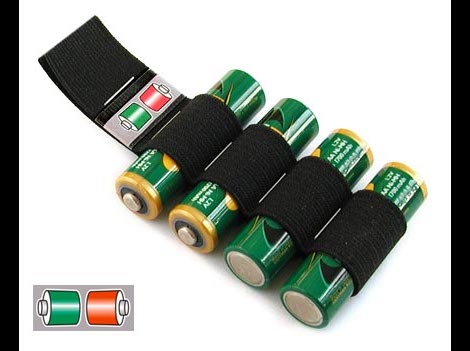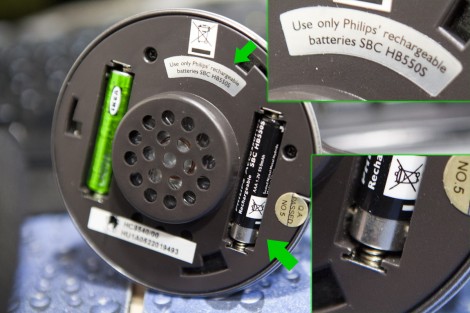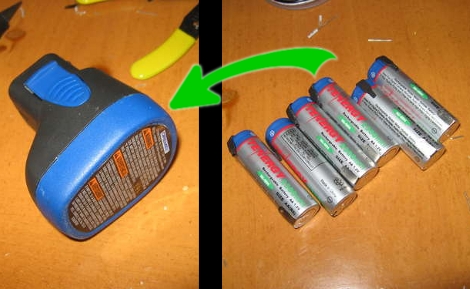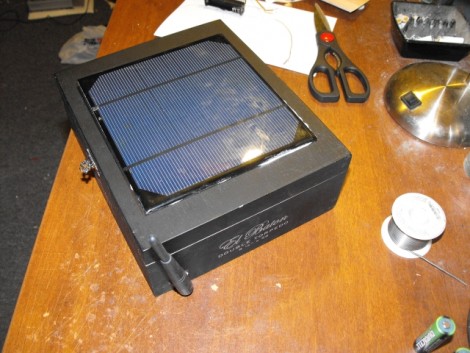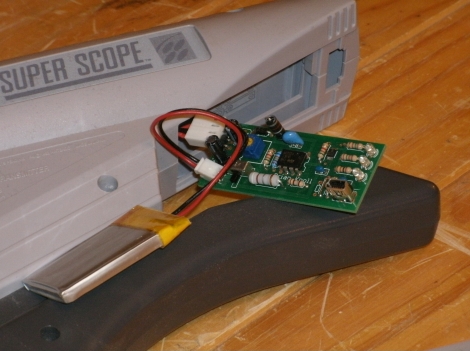
[Brian Knoll] still uses his Super Nintendo with relative frequency, and he just can’t get enough Super Scope action. If you never owned one, the Super Scope can be a ton of fun, but it’s also an incredible battery hog. It eats through AA batteries by the caseful, so [Brian] wanted to make the switch to rechargeable cells. Since NIMH AA batteries just don’t cut it in the Super Scope, he put together a rechargeable solution of his own.
He started off by calculating what sort of battery he would need for 8 hours of game play, then he started work on designing his circuit. The board he built contains both a DC/DC converter to provide the 9V required by the Super Scope, as well as built-in LiPo charger. He had his board made by BatchPCB, and after working through a small production error, he put everything together and gave his revamped scope a shot.
Things worked great, and while he says that he really should have built a low-voltage shutoff into his circuit, he is very happy with the results.

